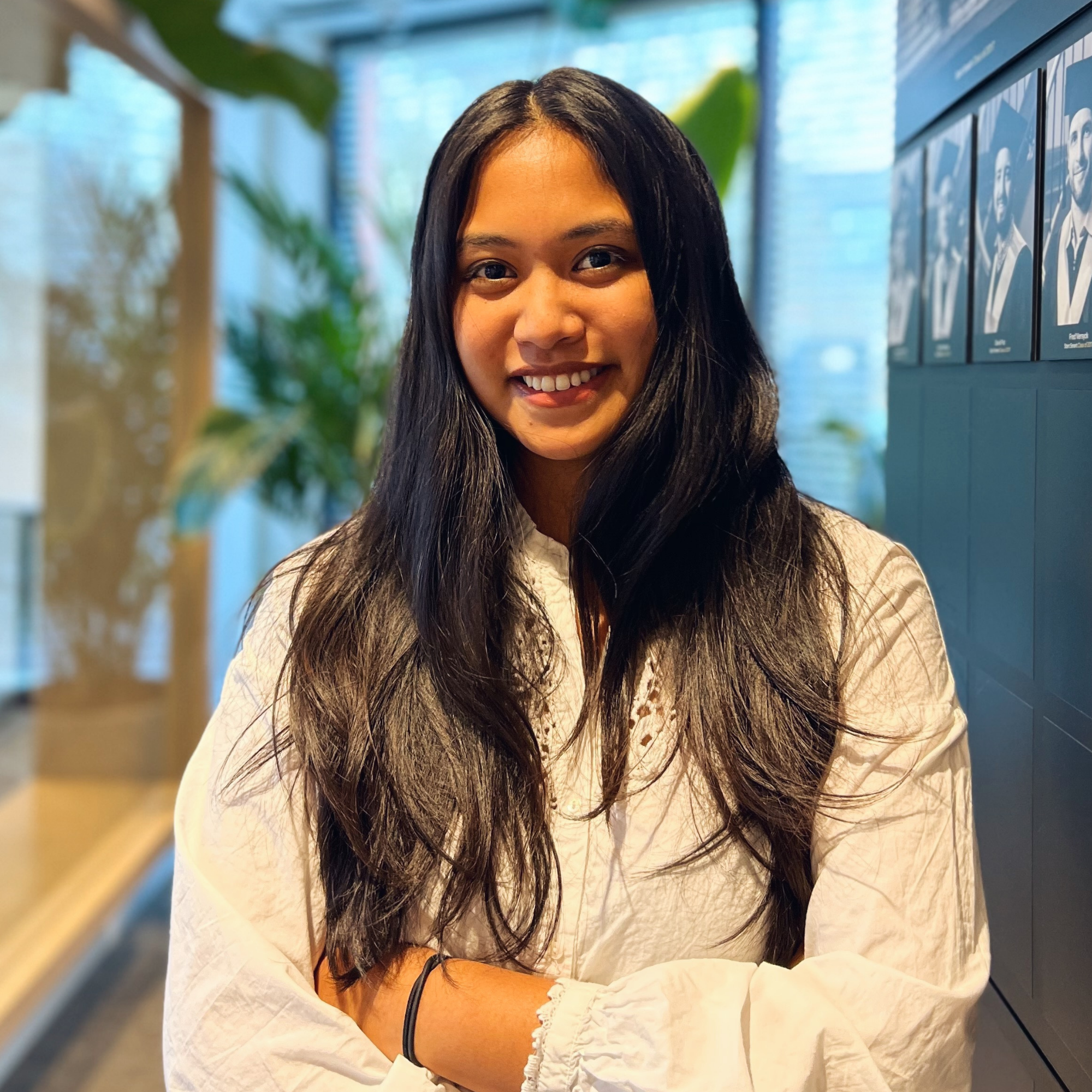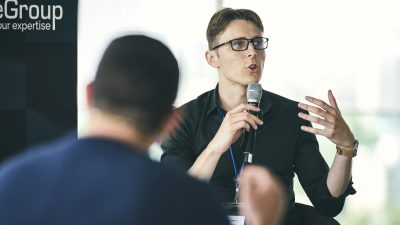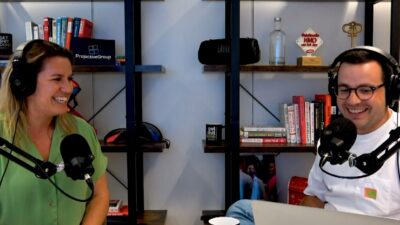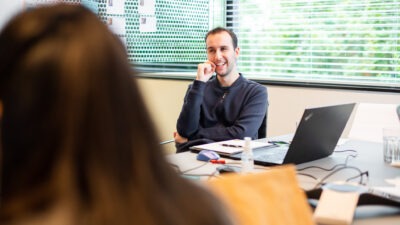How Maxim made it from Functional Analyst to Product Owner
on 13 May 2019 for ProfessionalsMaxim Van Aert is an ambitious Product Owner at ING. He is leading a team, making important changes within the company and is always able to take people in tow. His endless drive helps him to grow as a professional, while still being down-to-earth and always open to learn.
Maxim’s Specs
- 27 years old
- Likes to compete in trail running
- Driven, ambitious and people-oriented
- Software Engineer/Product Owner at ING since January 2018
Hi Maxim, can you tell us a bit about yourself and your career path as a consultant at Exellys?
I have been part of the Exellys team since November 2016. I started as a Functional Analyst at an international HR services company. After about a year, I didn’t feel the connection with the company anymore. I consider myself to be rather assertive, so it was a no-brainer for me to have a transparent talk with my former manager and my Talent Development Manager at Exellys. This way I could be re-matched with the company I’m currently at, ING.
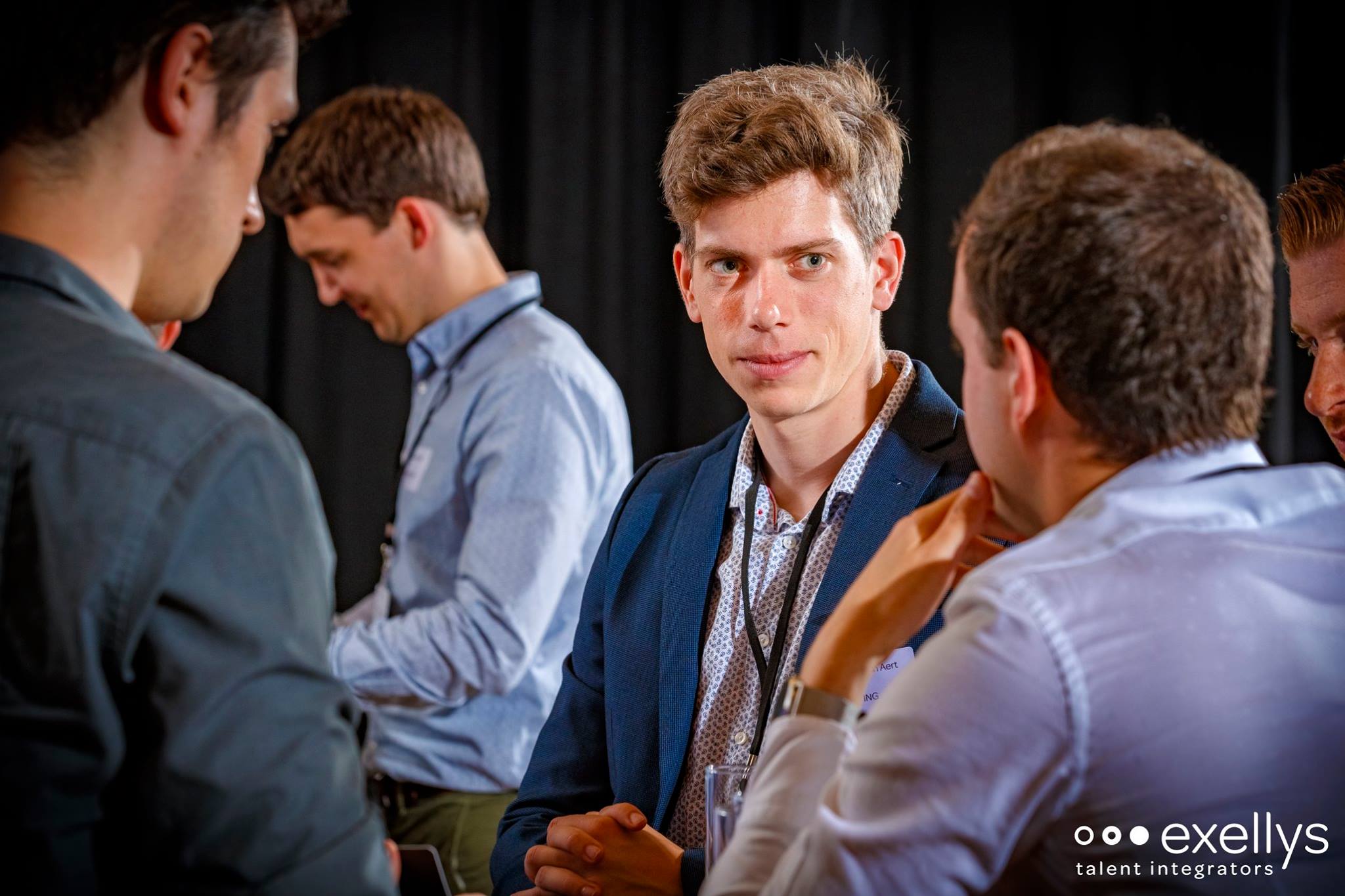
Originally, I was applying for a Data Functional Analyst function, but eventually I was hired as a Feature Engineer. I have been working here since January 2018.
This job was (and still is) really interesting to me. The first three months consisted of reviewing the legacy applications within the branch bank, so the ones used by employees. I was analyzing the documentation and architecture and I was responsible for finding the challenges and risk items in order to optimize and renew the system. This was the first phase, a kind of feasibility project to prospect the future.
After those first couple of months, I had to present my findings and suggestions to the management team. They gave me the green light and validated the project. The next step was setting up a robust production which included building a team.
Did your responsibilities change when there was a team?
I was kind of doing everything (laughs). During the first phase, I was analyzing everything by myself, which was literally only me sitting at my desk, of course with guidance from my manager when needed. But later on, as part of the team, I was programming and focusing on the change part of the story.
After a year, the project had reached quite a mature stage. Mainly because we are using state-of-the-art solutions offered by ING. This means writing new frameworks and implementing the system in the private cloud.
The biggest challenge was convincing long-time employees of ING that the new system would actually be an improvement and eventually teaching them how to use it. I found this particularly interesting because this created a learning curve for them too.
How did you manage to cope with this challenge?
Within ING we are encouraged to share our knowledge and pass on information to help other colleagues. This was also the case when the new applications had to be used. I am someone who can easily take other people in tow with me when I need to. I always mention this as one of my strengths. I am not a developer by heart, but I am more a generalist. I can motivate people fairly easy, which comes from my own drive and ambition.
For this project, this was essential because it had been through some trial & error phases, people were kind of skeptic for the newest optimization and were wondering why and if it would work this time. And on top of that, I had only been working at ING for a few months, so there I was, a junior at ING having to convince more experienced colleagues. But my drive and motivation were the perfect ‘antidote’ to convince my colleagues and I noticed that my team really appreciated this quality of me.
What is your secret to convincing people?
I don’t really have a magic recipe for convincing people, but I always try to analyze the situation. I think about the current attitude, why people are holding back and how I can show them that there is always another way to look at a problem.
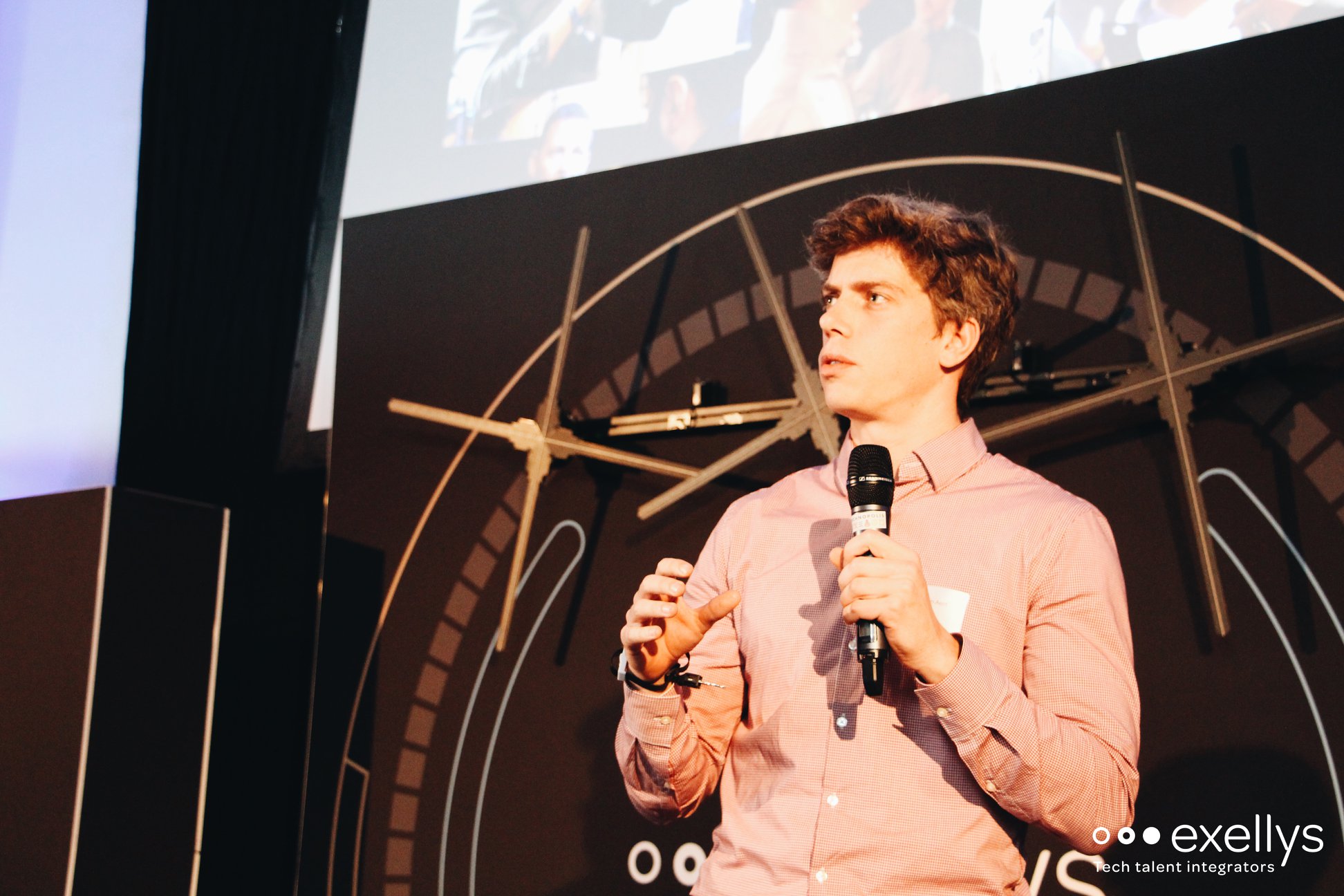
For example, one of my colleagues is working from an analysis-based point of view and needs detailed analysis before starting a project. I try to put myself in his shoes but at the same time convince him that this is not always the best way to act. I try to provide rational arguments, like trying to show him that it is not always possible, within a certain time frame or project, to obtain all the data and analyze all the problems.
This way, I try to stimulate the most efficient way of working and play an active role in the change that is happening within ING. Maybe a certain way of working was perfect for the company five years ago, but this doesn’t mean that this is true for the current time frame.
Would you say your people skills are the most valuable asset in your job?
I do think that, without my technical background and knowledge, it would be much harder to guide my team and propose new solutions. So those skills are crucial too. On the other hand, I know that my communications and motivational skills are crucial in this job and I am convinced that I can bring a lot to the table with those people skills.
When I realized this a few months ago, I told my manager that these people managing skills were strengths that I wanted to use more in my daily job. As a result, I got the opportunity to build and lead my own team to develop my skills even more.
Can you tell us about how you are leading a team as a young professional?
Leading a team was something completely new for me. I was out of my comfort zone and there were a lot of challenges. There are still moments that I am wondering if this was the right track for me and if I can handle it all, but I do realize that it’s a great opportunity to thrive and grow in my job and career.
I think one of the reasons why I am constantly growing in my job, is because of the Grow Smart program of Exellys, which is normally started after two years in the Start Smart program. I had the chance to enroll after only one year and a half.
I really benefitted from the program, which focusses on leadership and people managing skills. We also learned about situational leadership, which is handling a situation even though you’re not 100% familiar with the ins and outs, assisting people in your team to work efficiently and taking a stand during difficult circumstances.
Can you give us some examples of exercises that have truly contributed to your day-to-day job at the moment?
During the first year of the Grow Smart program an organization called Outward Bound, provided really useful management training and exercises related to retrospective behavior and giving and receiving feedback, which is an important aspect both at ING and at Exellys.
One of the exercises was a kind of role play. The situation was work related, but the location was set in a cave. This may seem strange at first, but the reason behind this was that, just like in a cave, a difficult situation will always make everyone feel a little bit out of their comfort zone and on edge.
During one of the role plays, I was the first to assume the leader position. This was both scary and educational because you have no idea how to handle the situation or what the learnings should be. My approach was to initiate the activity and assume people would follow my lead.
I later learned that it would be better to think first, listen to every point of view and coordinate. This was something that really stuck with me, even now in my job. Now, I try to focus on durable relationships in my team, I focus on helping people grow and I help them handle challenges step by step, instead of trying to convince everyone to jump in head over heels.
During the second year of the Grow Smart program, we did a project with StreetwiZe, where we were expected to develop a new mobile school in close co-operation with young people in a closed youth institution. The aim of this project was to learn how to work with people with whom you have little in common, which is applicable to the work floor too.
What does the future hold for you at ING?
At the moment, I am really happy that I have been able to grow with my team. The interesting thing about this project is that the scope is so broad. Once these applications are all set in place and adapted, doors open on so many other levels. That’s a fun thing about product ownership, you have to challenge yourself to expand the scope and make it as attractive as possible to really show the value of your project. As a result, you can convince your management that this solution can be beneficial for so many other implementations in the company.
I am glad to help make a change, even though I’m not the decision maker in the company. I believe that there is still much room for me to grow personally and professionally.
With your track record, can you give some last piece of advice to professionals who are ready to grow and take on the next step in their career?
Just ask. If you feel like you are ready for the next step and you know that you will be able to deliver, you should not hesitate. It is your responsibility to seize the chance, your manager will not come to you and ask you nicely if you want to become a project leader or whatever.
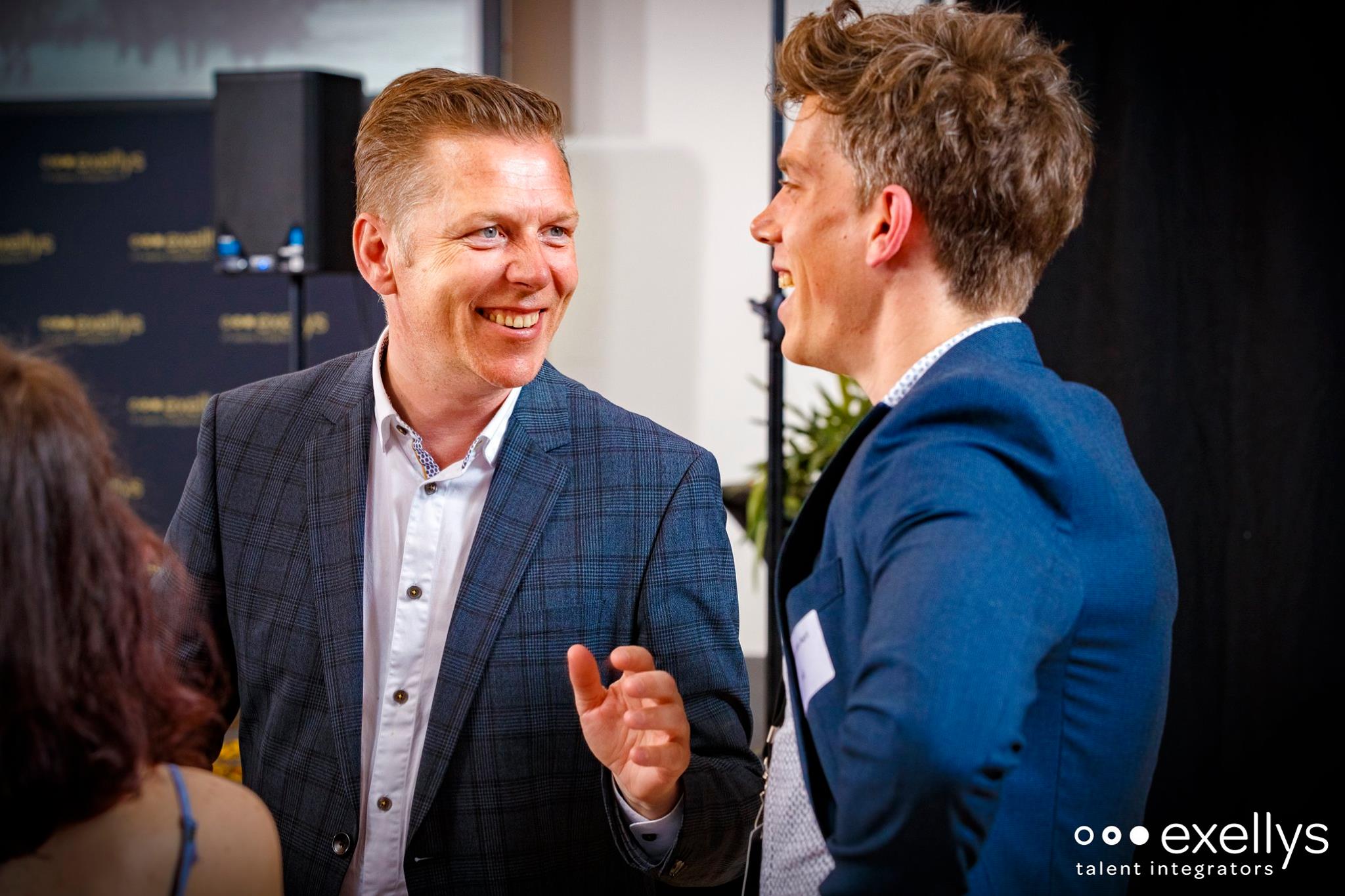
When you achieve something and you feel like deserve to grow in your career, the only thing you can and should do is ask for it. But be realistic and don’t expect an amazing new position tomorrow. Ask, prove your point with realistic arguments and be patient.
That is some great advice. Thanks for the chat Maxim!
Are you ready to excel in your career just like Maxim did? Discover our different job vacancies in multiple sectors, locations and companies. Or find out more about Exellys and how we can accelerate your career growth. We’d love to meet you!
Tags: career , exellyst , exellyst story , grow smart , innovation , job hunt , video
